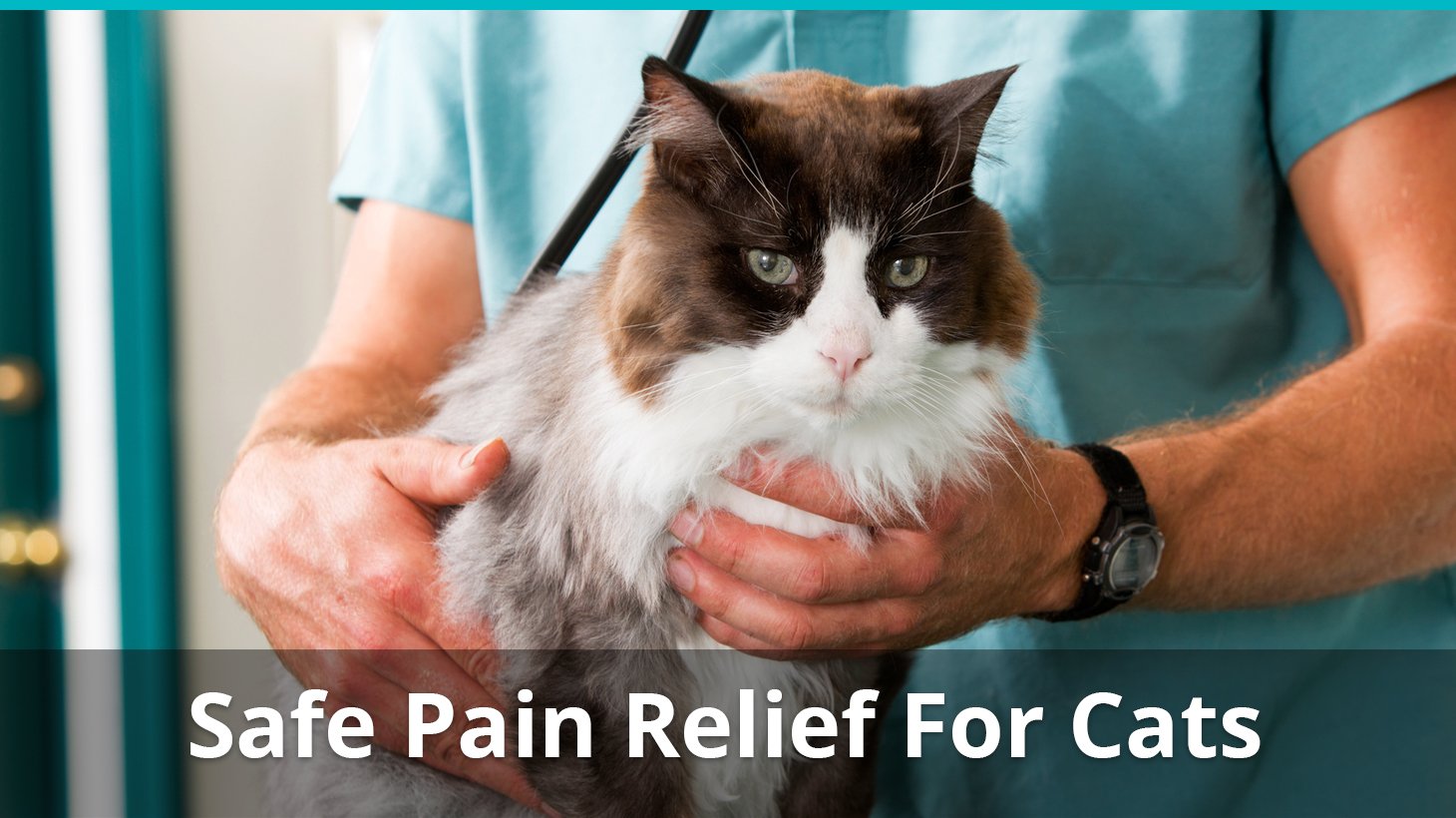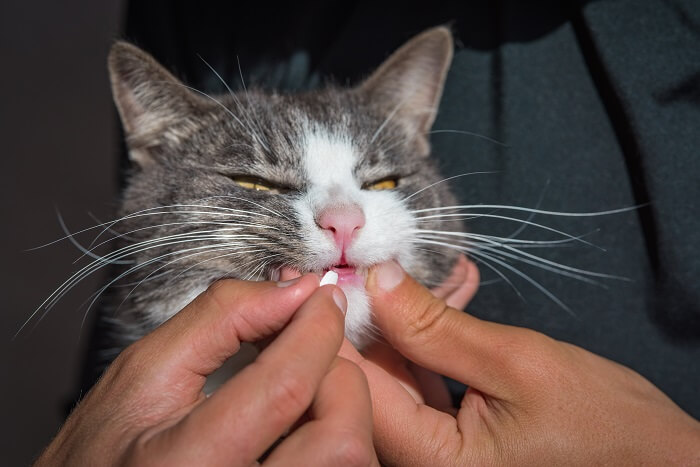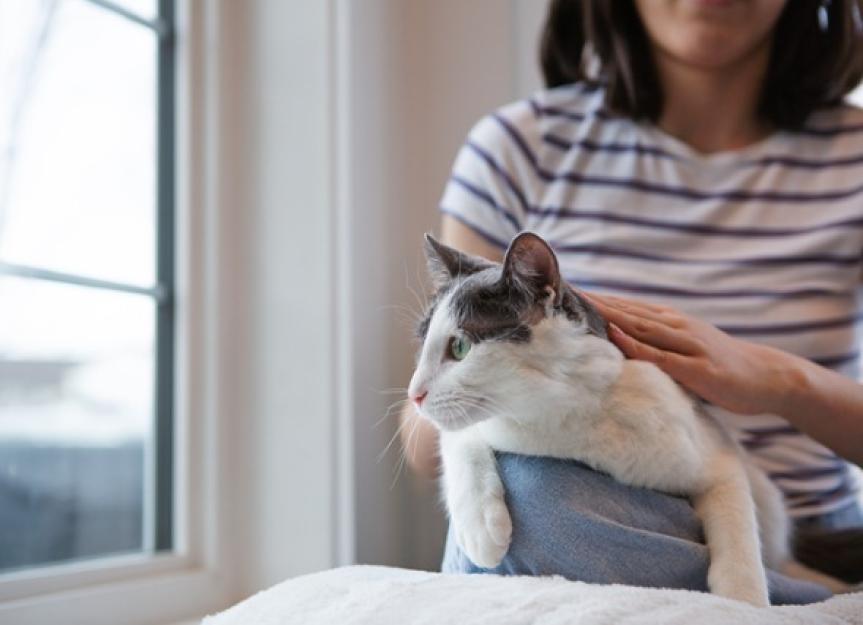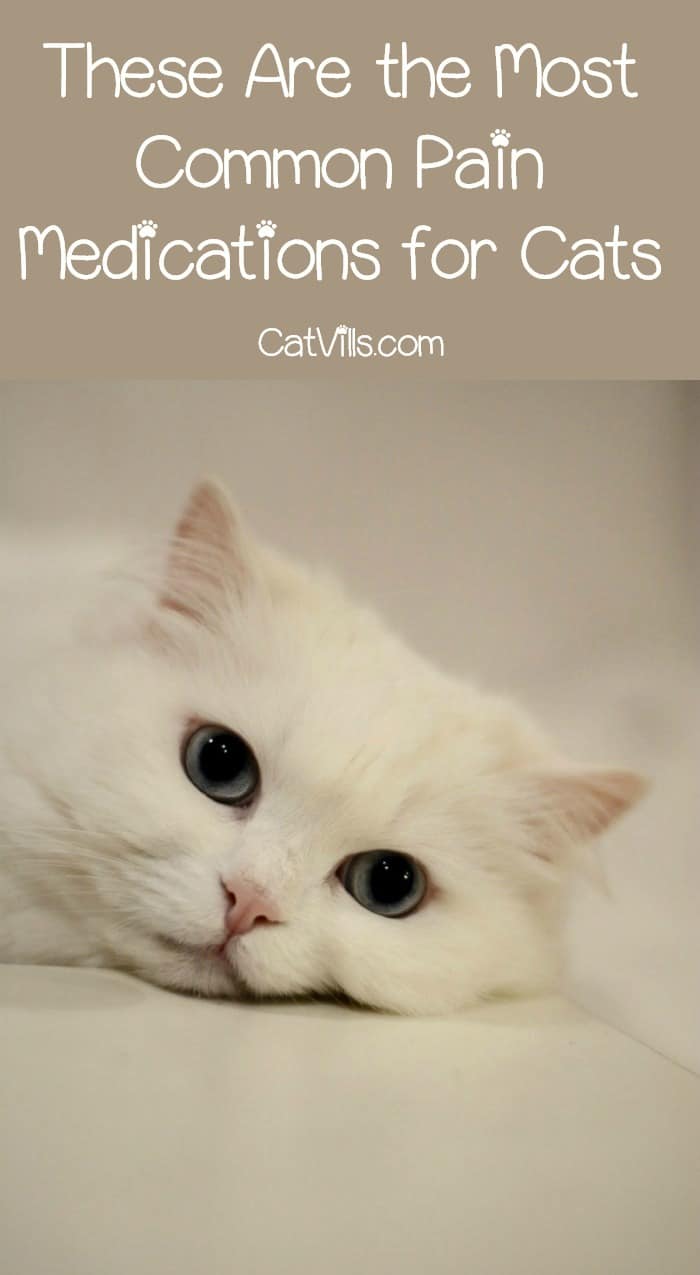What To Give Cats For Pain

The subtle shift in gait, the reluctance to jump, the suppressed purr – these can be the silent cries of a cat in pain. For observant owners, recognizing these signs is the first step. But what follows is often a cascade of uncertainty: what options are safe, effective, and truly alleviate their beloved feline's suffering?
Navigating the landscape of pain management for cats is fraught with peril. Human medications, readily available in medicine cabinets, can be deadly to cats. This article delves into the appropriate and safe methods for providing pain relief to your feline companion. It presents evidence-based approaches and emphasizes the critical importance of veterinary consultation.
Understanding Feline Pain
Cats are masters of disguise. They often mask pain due to their evolutionary instinct to appear strong and avoid vulnerability. Recognizing feline pain requires a keen eye and understanding of subtle behavioral changes.
These changes can manifest in various ways. Look for decreased activity, changes in appetite, hiding, altered grooming habits, and irritability when touched.
Underlying medical conditions often cause pain in cats. Arthritis, dental disease, injuries, and post-surgical recovery are common culprits.
The Dangers of Human Medication
Never administer human pain medication to cats without explicit veterinary guidance. Many over-the-counter and prescription drugs for humans are toxic to felines.
Acetaminophen (Tylenol) is extremely poisonous. It can cause severe liver damage and red blood cell destruction, even in small doses.
Ibuprofen (Advil, Motrin) and Naproxen (Aleve), commonly used NSAIDs, can lead to gastrointestinal ulcers, kidney damage, and even death in cats.
Even aspirin, sometimes mistakenly considered a safer option, carries significant risks for cats. Veterinarians carefully calculate the appropriate dose, if they deem it necessary, taking into account the cat's weight and health condition.
Veterinary-Approved Pain Management Options
A proper diagnosis from a veterinarian is crucial for effective pain management. This involves a thorough physical examination and potentially diagnostic tests like blood work and X-rays.
Veterinarians have several safe and effective options for feline pain relief. These options often require a prescription.
Non-Steroidal Anti-Inflammatory Drugs (NSAIDs)
Feline-specific NSAIDs are available and are relatively safe when used under strict veterinary supervision. These drugs reduce inflammation and alleviate pain.
Examples include robenacoxib (Onsior) and meloxicam (Metacam). These medications are typically prescribed for short-term pain relief, such as after surgery.
Long-term use of NSAIDs requires careful monitoring. Vets often check kidney and liver function regularly to prevent adverse effects.
Opioids
Opioids, such as buprenorphine, are powerful pain relievers often used for moderate to severe pain. Buprenorphine is often administered transmucosally, meaning it is absorbed through the lining of the mouth.
These medications can cause sedation and other side effects. Veterinarians carefully control the dosage and duration of treatment.
Other Medications
Gabapentin, an anticonvulsant, is often used to treat neuropathic pain in cats. Neuropathic pain arises from nerve damage and can be chronic and debilitating.
Amantadine is an antiviral medication that can also help with chronic pain. It's sometimes combined with other pain relievers to improve efficacy.
Alternative Therapies
Complementary therapies can play a supportive role in pain management. These therapies should not replace traditional veterinary medicine but can enhance a cat’s overall well-being.
Acupuncture, performed by a certified veterinary acupuncturist, can help reduce pain and inflammation. It involves inserting thin needles into specific points on the body.
Physical therapy, including massage and range-of-motion exercises, can improve mobility and reduce muscle tension. A veterinary rehabilitation specialist can guide you.
Nutraceuticals, such as glucosamine and chondroitin, may help support joint health and reduce pain associated with arthritis. Consult your veterinarian before starting any supplements.
The Role of Environmental Modifications
Simple changes to a cat's environment can significantly impact their comfort level. Make sure that your cat can easily access food, water, and litter boxes.
Provide soft bedding and warm resting places. Consider using ramps or steps to help cats reach elevated surfaces.
Avoid startling or stressing your cat. Provide a safe and quiet environment.
Looking Ahead: New Developments in Feline Pain Management
Research into feline pain management is ongoing. New medications and therapies are constantly being developed.
Monoclonal antibody therapies, are now available to treat osteoarthritis pain. These therapies target nerve growth factor (NGF), a key player in pain signaling.
These novel therapies offer hope for more effective and targeted pain relief for cats in the future. They can improve the quality of life for felines suffering from chronic pain conditions.
Ultimately, the best approach to feline pain management is a collaborative one. Work closely with your veterinarian to develop a personalized plan that addresses your cat's specific needs. Vigilance, early detection, and informed decisions are the keys to ensuring a comfortable and pain-free life for your beloved companion.


















